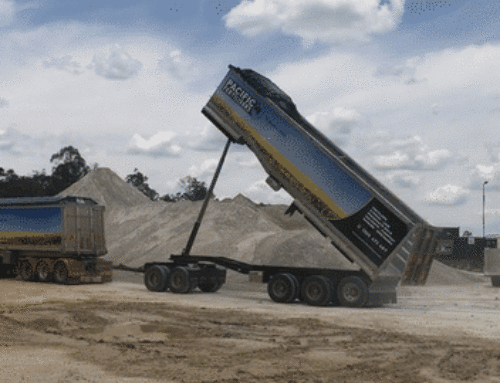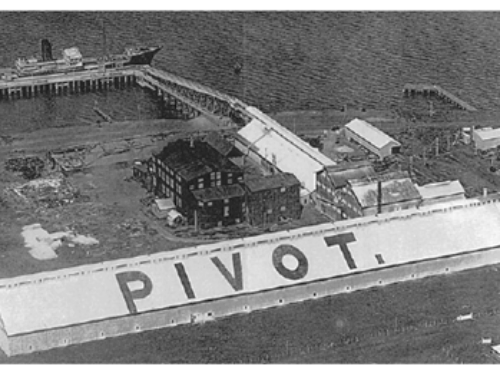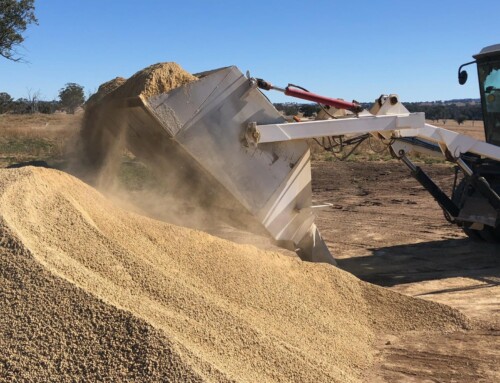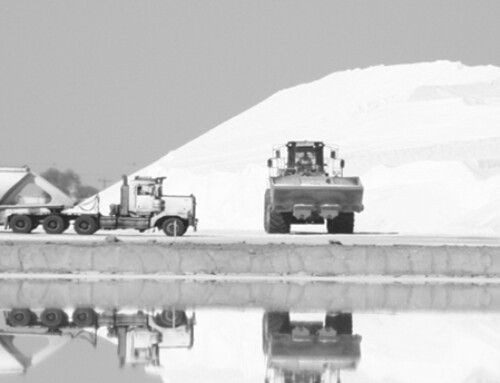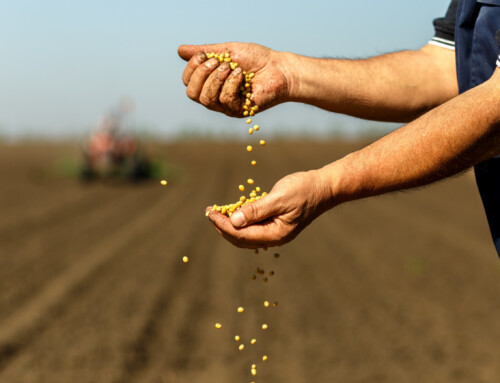Aluminium (Al) is the most common metal in Earth’s crust and is found in most soils, principally as a component of clay minerals. Al toxicity is often a major constraint of acid sub soils and whilst we can’t remove it, but we can control it.
Raising the pH of a soil to a set level will to improve nutrient availability and help to overcome Aluminium toxicity. Nutrients such as P, Ca, Mg and S are effected by high aluminium levels in the soil.
To raise pH you can broadcast spread and cultivate lime into the soil, which is only effective in reducing aluminium toxicity in the top surface soil (0-15 cm depth). Calcium will displace aluminum in soils, allowing it to be leached below the rooting depths as long as there is enough moisture to draw it downwards.
The critical soil pH, at which aluminium becomes exchangeable in toxic concentration, depends on many factors, like
- the predominant clay minerals, organic matter level,
- concentrations of other cations, anions and
- total salts as well as the species or cultivar of the plant being considered.
Exchangeable aluminium values may be high in soils with pH below 5.5 but may occur at pH values as high as 6.0 in heavy textured soils.
The signs of aluminium toxicity may resemble those of phosphorus deficiency with overall stunting;
- small, abnormally dark green leaves;
- purpling of stems,
- leaves and leaf veins; and
- yellowing and death of leaf tips
Gypsum is calcium sulfate, and lime is calcium carbonate. Both are soil amendments, and both provide calcium that can be used to displace excess aluminum in acid subsoil. However, only gypsum is soluble enough to move quickly down into the subsoil, and you can see the benefits in a few months. Lime is less soluble and can take 18 months to move down and give the same benefit as gypsum.
Surface applied gypsum can improve wheat yields on soils with sub soil aluminium toxicity, CSBP trials in WA found between 2005-2012. Gypsum offers a rapid return on investment that can help fund increased lime and/or dolomite applications. Check the salt content of gypsum sources – quality sources have less than 0.5% salt.
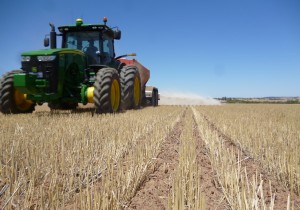
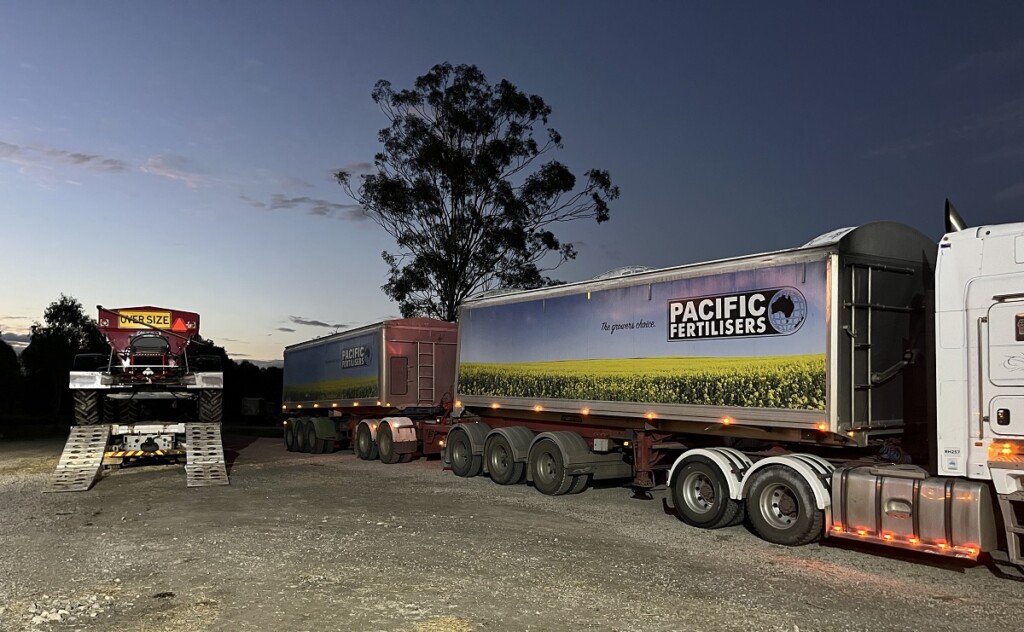
Silica can buffer the soil by binding with iron and aluminium to nutrients like phosphorous to be more plant available. Pacific Fertiliser has some silica products suitable for agriculture.
Aluminium has the following affects on plants:
- Roots – aluminium decreases the amount of roots a plant produces and it also reduces the function of roots that are produced. This means that plants are not able to uptake as much water or as many nutrients as they require.
- Phosphorus – aluminium prevents plants from being able to uptake phosphorus (P).
- Calcium – aluminium prevents plants from being able to uptake and use calcium (Ca).
- Magnesium – aluminium also prevents plants from being able to uptake and use magnesium (Mg).
- Sullhur – aluminium reduces the amount of sulphur (S) that can be taken up by plants.

